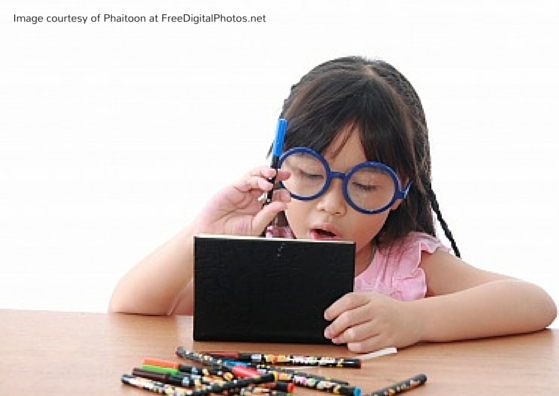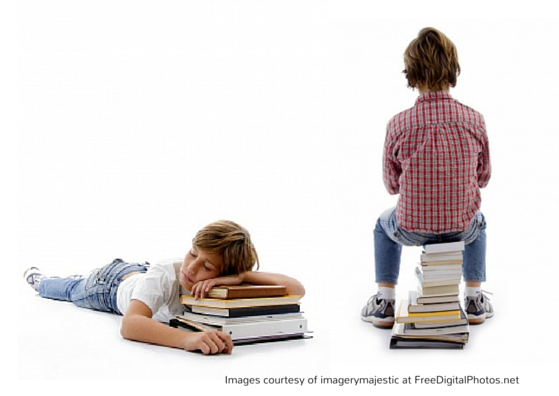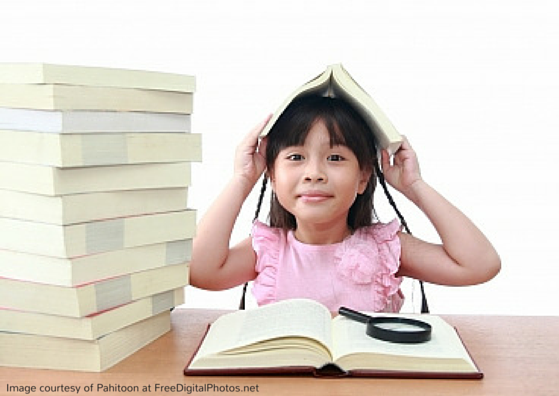Are you genuinely allowing your child to learn through play?
Throughout my blogs I like to suggest activities for parents to try in order to help them show their children how books and reading can be fun. Remember that little word show that I used.
I took some time the other day to peruse some of the many colourful blogs which light up my WordPress feed when one particular one held my attention.
Its title was Why I Don’t Like Play Based Learning posted by Happiness is Here.
It was a bold statement. It was intriguing. I thought the blog was honest, well written and challenging. I loved it.
However they cited an activity designed to encourage reading so I felt I needed to respond.
I couldn’t argue the sentiment; the article was spot on when it pointed out that the popular so called play based learning is usually led by adults and not children. Yet above all it was the fact that the word play was being used to describe adult led activities which had initiated the writer’s concern. This made me question some things. Are there set rules for what play is or isn’t? Can’t play be anything that the participant finds enjoyable? If so, if the child is a willing participant in an adult led activity and enjoys it, is that not considered a form of playing? Is it true that play by definition can never be directed and where does that leave me and my fun book related activities? I think I may be guilty of using the phrase learning through play from time to time.
My understanding of the article was that they too feel that, what I call fun learning activities have their place but they also made the valid point that a distinction should be made between whether the activities are child led or adult led. Child led play is an entertaining and enjoyable way in which the child chooses to occupy themselves opposed to a planned activity an adult has instructed them to do. The difference is that there’s an intention or ultimate goal behind the playful and fun activity created by the adult whereas child led play has no expectations or set path; it’s about learning through exploration and it hasn’t been pre-planned; there’s no wrong of right way to play, it’s the result of a child responding to their immediate environment.
So why is this free unstructured play so important and how can it be incorporated into encouraging reading?
More and more parents want to teach their children how to question and think for themselves and for me reading is one such powerful tool which can enable this process of brain development to bloom naturally. Ironically what some people aren’t aware of is that one of the best ways to help children think for themselves is to leave them to do as they please and omit all the good intentioned controlling measures, expectations and structures the adult has planned.

To implement child led story making and reading activities this would involve leaving your child in a safe environment which includes piles of assorted books on a blanket, magazines positioned in various places within the immediate area as well as a choice of other objects, toys and activities made available. No instructions should be provided except to make sure the child is aware that you’re there if they need you and that they can do whatever they like as long as it’s enjoyable to them and not harmful to themselves or others. Although the books are the main focus, it’s important that there are alternative options to books. This can be magnetic letters, posters, puppets, toy animals, paper and pencils etc to encourage imaginary or role play. The idea is that you’re making the tools available but the choice of how, what and for how long they use them for is up to them.

This will be a difficult concept for many of you to grasp as it means letting go of some deeply ingrained social expectations. Why? Because the results could be anything ranging from the child conventionally reading or looking through the books, completely ignoring the books and pursuing another activity, building book towers, playing shops or schools with the books, bending the books to scribbling on the books and cutting out the pictures and sticking them on their bedroom walls (gasp). Some would call this unruly, irresponsible or even lazy parenting as for many it’s a giant leap away from the controlling, structured and over protective world we live in.

So how does this approach benefit the child? If you can manage to resist interfering, make no judgements and keep calm at the results your child will have achieved an independent new understanding of the world, through trial and error where their actions have come from a sheer desire or curiosity to learn and discover. A room filled with books and other activities where they’re given free reign takes the fear out of having to read so by leaving them to their own devices they no longer feel threatened by the expectation to read and soon find the fun in books and the chances are that their natural curiosity will take over and lead them to pick up a book one day and want to work out what the words mean.

For me the title play based learning suggests learning which incorporates the concepts of play into the foundations of the activity so I don’t see an issue with using the word play as such as it’s not actually defining play itself. I do on the other hand think we should be more mindful that as important as these fun learning activities are they are still showing or even dictating to your child what and how to do something. So if I were to label it, perhaps I would call it directed or guided play learning or if you really wanted to omit the word play, directed fun learning. If you want a child to learn for themselves, provide the tools and the environment and then just let them be, it’s as easy as that. The hardest part will be letting go of your control because if you’re governed by time or you’re seeking a certain result which you perceive to be right then child led play isn’t the approach for you. Although if you do try it, you might find it’s not just your child who feels liberated.
To learn more the following blog I found provides an excellent explanation of child-led play: The Adult Role in Child-led Play – How to Become a Learning Ally by Nature Play.

Pingback: Playtime: Integrated Learning – thebuttonladyblog